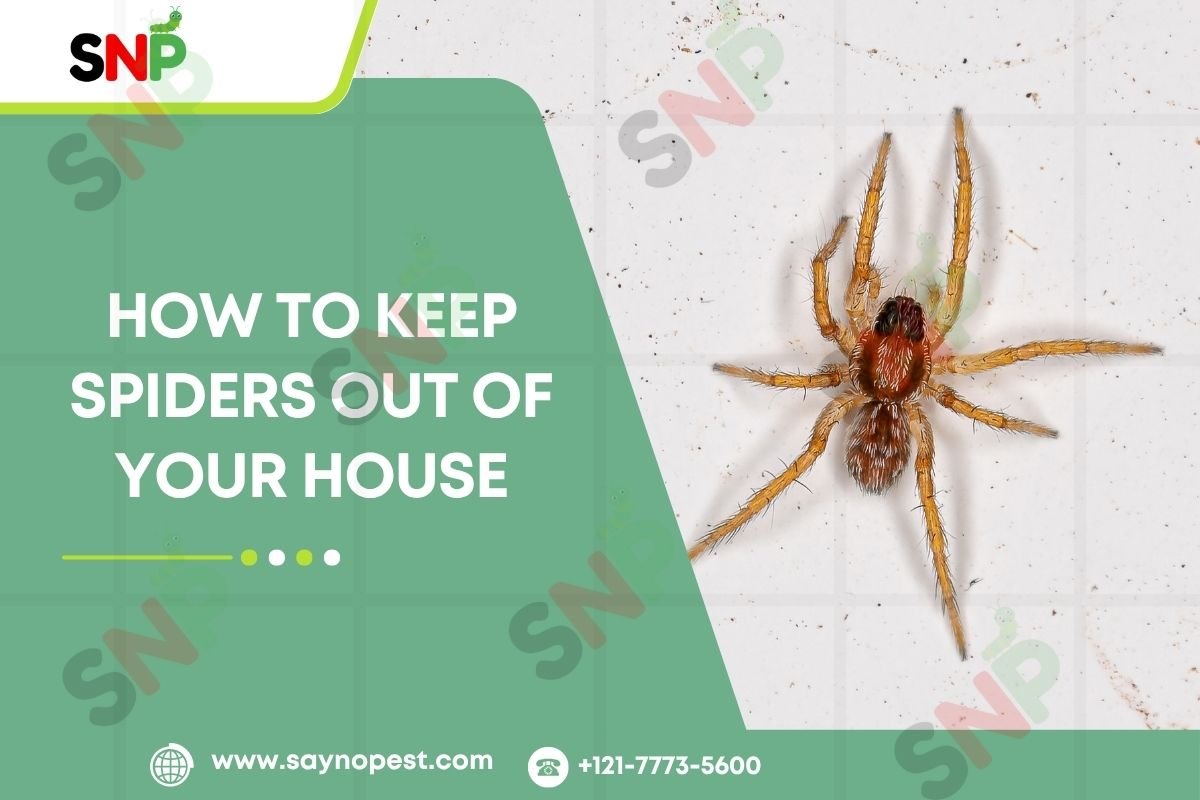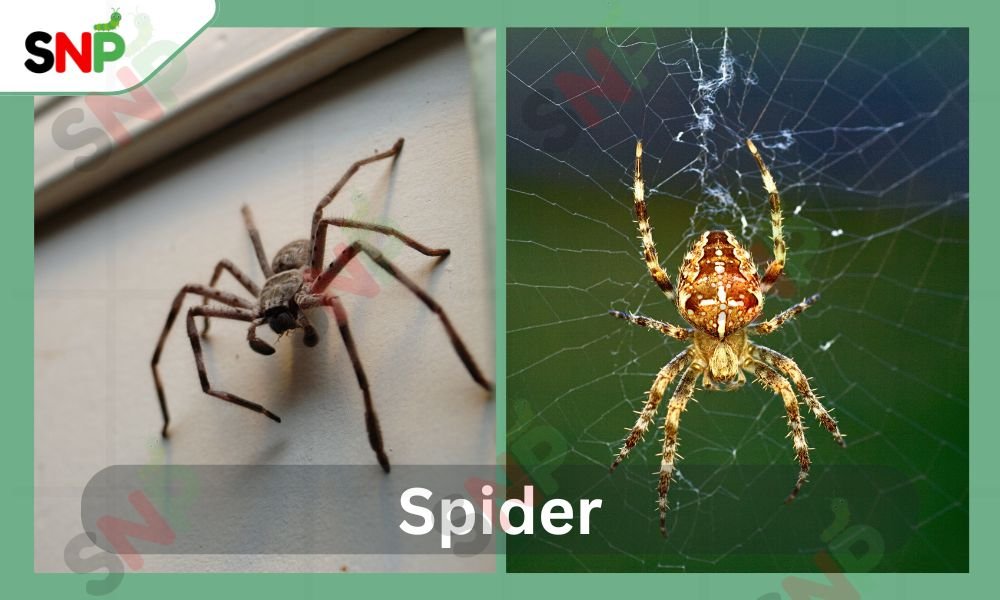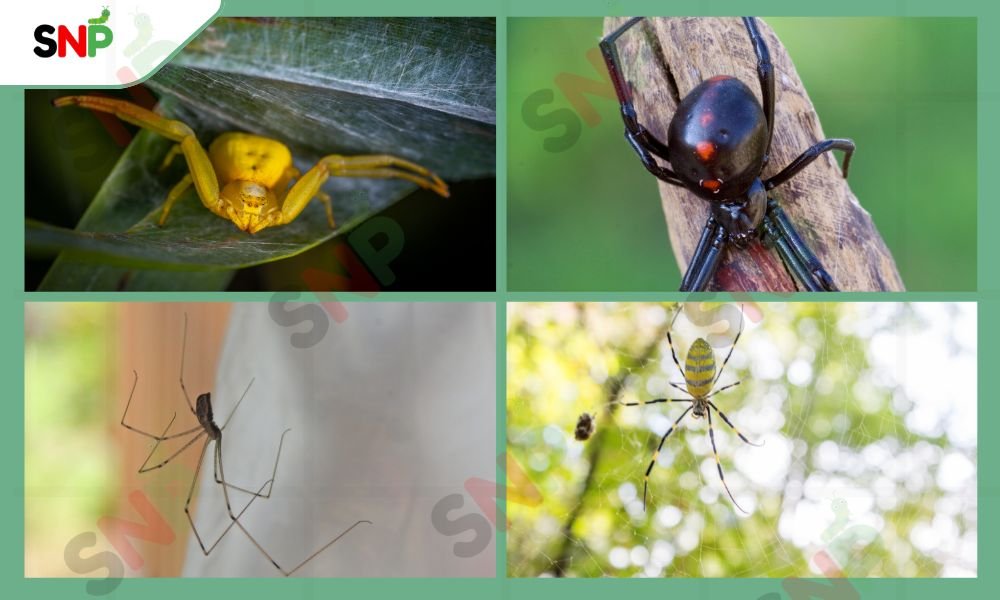The brown recluse spider is a spider that has widely covered in the US. It is famous for its unique features, secret life, and dangerous potential of the bite. It is extremely necessary for you if you are a homeowner, renter, or pest control enthusiast, to know the life cycle, the identification, and the risks of the brown recluse spider, that also includes the baby brown recluse and the brown recluse eggs, to keep your home safe and pest-free.
Identifying the Brown Recluse
The brown recluse is a type that is most commonly located in the South and Central United States. You can located from Texas to Georgia, and northward in Illinois. Adults are usually about 1/4 to 1/2 long; their bodies are usually light to dark brown. They have a violin shaped mark on the upper part of the body. One thing that keeps them different from many spiders is that they only have six eyes inspite of eight. They’re most active during the night and like to stay in dark places like basements, behind furniture, and in quiet corners.
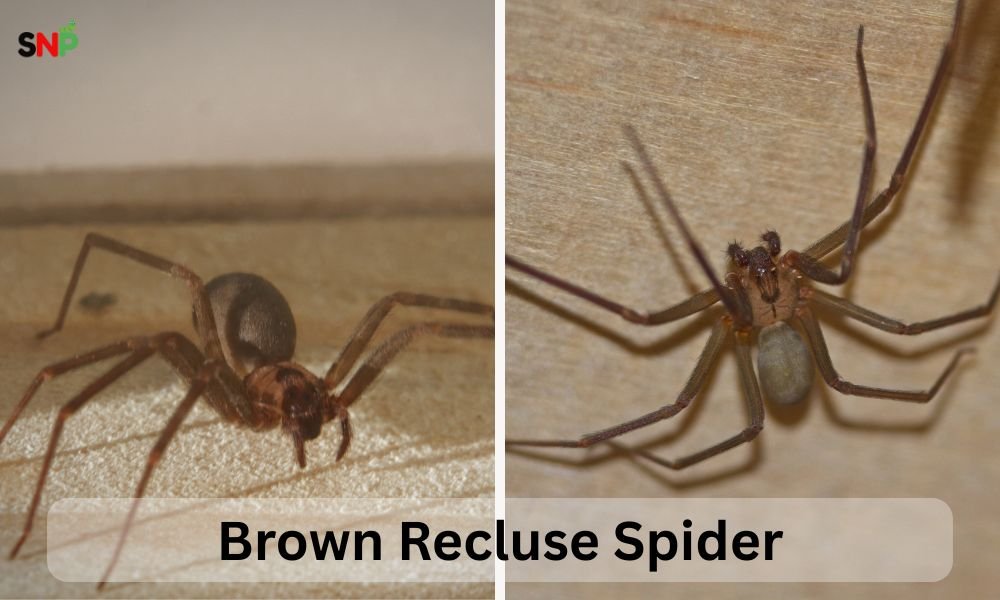
Brown Recluse Spider Eggs: The root of the problem
A healthy female brown recluse spider can lay many spider eggs. There are usually a large number of eggs in a sac is 40-50. A female can make many egg sacs, thus, a rapid increase in number is possible if no action is taken. The brown recluse spider eggs are creamy in color, and they are inside a loosely woven silk sac that the female may hide in places such as in the web, behind the baseboards, or in storage boxes. The hatching of these eggs happens during a maximum of a month, and the spiderlings do their first molt after they come out of the sac.
Baby Brown Recluse Spider: Early Life and Identification
After the brown recluse eggs hatch, the baby brown recluse spider appears. These spiderlings are significantly smaller and lighter than adults, usually, they do not even have the violin marking, which is the main characteristic of the brown recluse that is formed during its growth. Still, the six eyes arranged in pairs and the uniform, unbanded legs were the main features of the baby brown recluse spider that made it recognizable.
In the first days of its life, the baby brown recluse spider is with the mother both physically and in food, because the mother usually protects and gives food to the spider. Later on, they go in search of new places to hunt, and this is disturbing behavior, as when they leave their place in bed linen, it is almost like they are going on a caravan to empty places in rooms, or in luggage, or rolled clothes. And hence, they hardly realize this act, and this leads to infestations in their homes spreading further unknowingly.
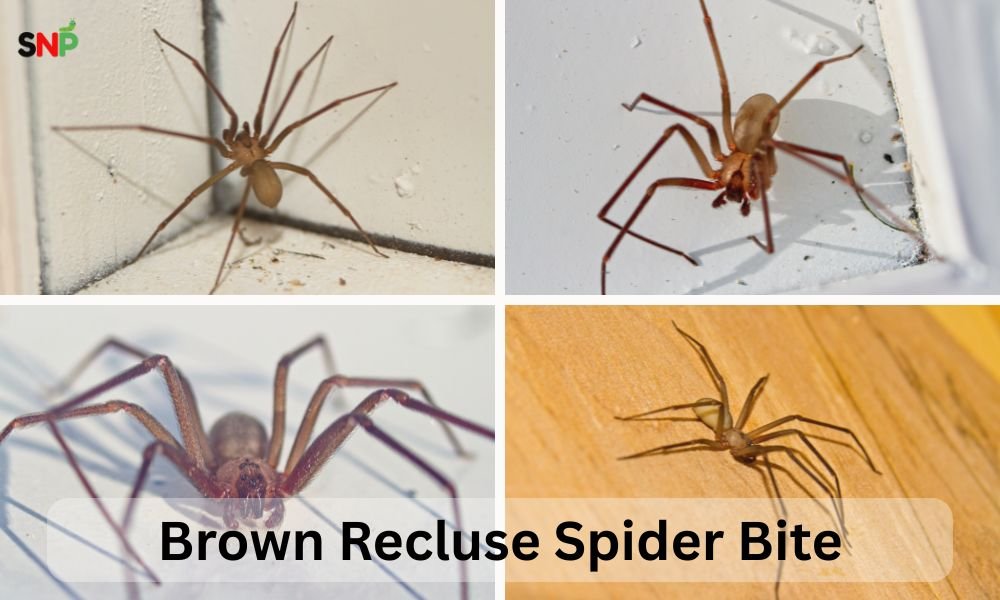
Brown Recluse Spider Bite: Symptoms and Precautions
The brown recluse is the matter of utmost concern here. Most of them are not harmful to life, but their venom may still cause a strong allergic reaction in some people. The list of symptoms of a brown recluse spider bite is:
- The place where the bite happened starts burning, is painful, itchy or red; usually, these symptoms appear hours after the bite
- A round deep blue or purple spot in the middle is separated from the whitish outer ring by the red ring, thus resembling the bullseye pattern
- The ulcer or the blister, which has appeared initially, may turn black if the tissue damage is continuing
- Headache, temperature, nausea, vomiting, and body pains may also follow in case of very severe symptoms
If someone gets a bite from a brown recluse, it is important that the place is clean, cold is apply, and a doctor is consult, particularly when the symptoms become severe or continue. The first aid can cut down on the potential of a serious condition caused by the bite to the local tissue or, in very rare cases, a systemic reaction.
Conclusion: Protecting Your Home and Family
Since the brown recluse likes to tarry alone and its bite can be dangerous, it is a perilous pest. Knowing the development of a brown recluse spider eggs, baby, and adult stages allows you to manage or get rid of their population early on. You should often check corners and unused areas, responsibly handle storage, and this may keep the brown recluse spider out of your way.
Should you catch the brown recluse spider or its eggs in your home, or maybe a baby of this spider, you should turn to a professional pest control company. Protecting your family with careful security also guarantees comfort in your own home.
If you are inform and cautious, the brown recluse won’t have the chance to disturb your home and will keep it comfortable for everyone.

